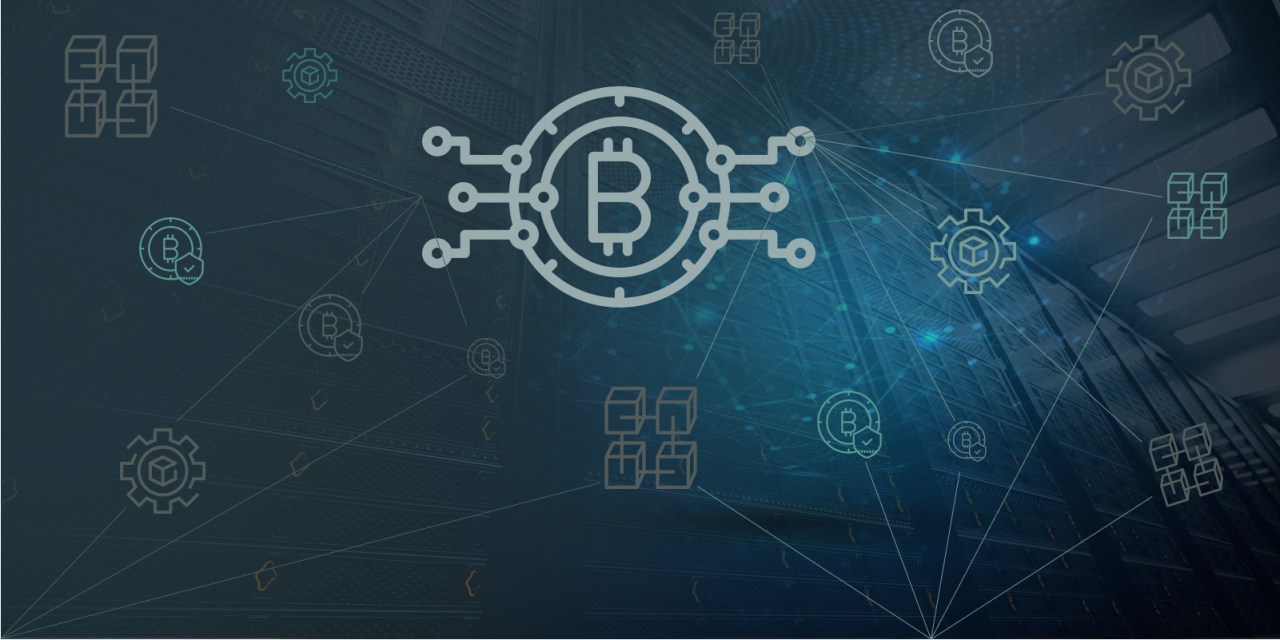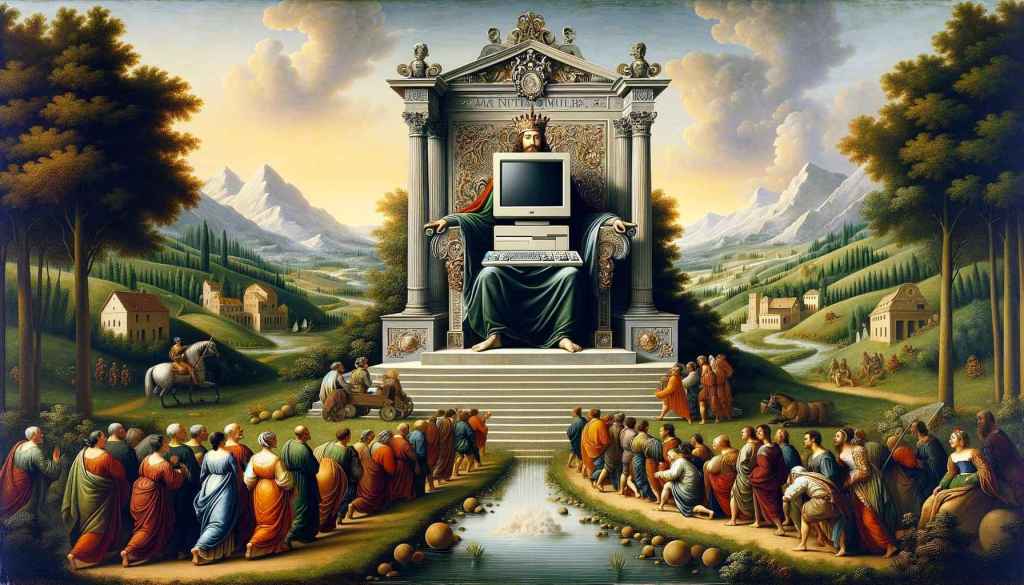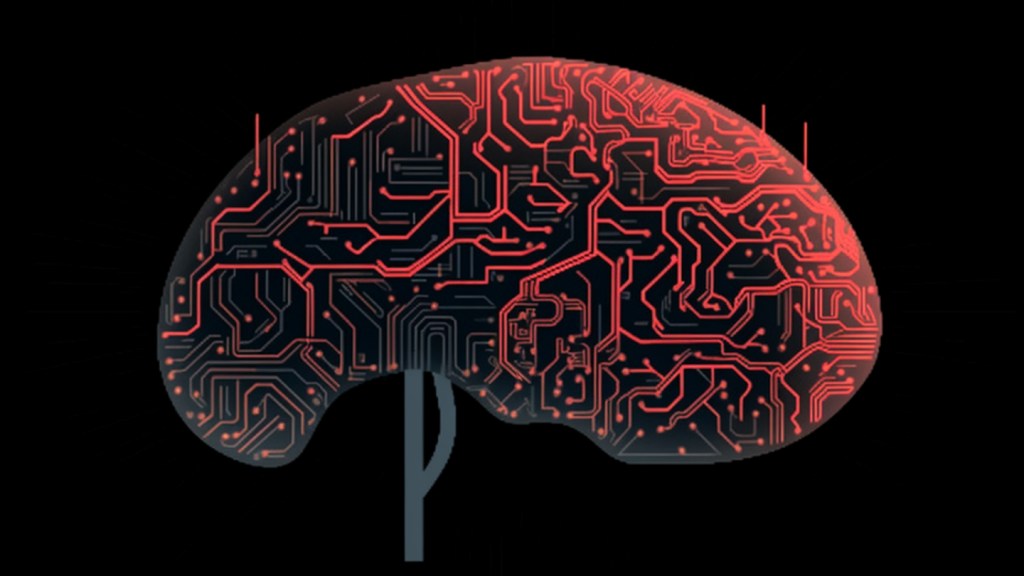InfoBeans Innovation Day 2019: The New Technology of Trust
Note: This post is a part of our series InfoBeans Innovation Day 2019. You can learn about how it all started in our first post here.
While our first technology conference, InfoBeans Innovation Day 2019, turned out to be amazing for all the attendees, we’d like you to be a part of it too. In case you missed the session, we’ve got you covered. With this post, we will share insights about Blockchain Technology presented by our Blockchain R&D Team at the conference.
Akhilesh Bhale, Project Manager at InfoBeans, started the session by explaining the prowess of Blockchain- A revolutionizing and trustless technology. Other members of our blockchain team included Deepesh Bhatia, Ajita Pancholi, Shubham Kotiya, Dharmendra Baghel.
“When the trust account is high, communication is easy, instant, and effective.”
-Stephen R. Covey
When trust and technology work hand in hand, there’s no way to stop the revolution ahead. Imagine a world where trust is not a barrier to any of our problems. Blockchain can help us bring that world to reality as it is recognized as the technology of trust. Applications of blockchain in different fields have helped people realize the value of the technology. But in order to put blockchain to work, it is important to understand what exactly blockchain is.
Explaining the concept in detail, our team member Akhilesh started with the definition of blockchain- “Blockchain is a global, distributed, digital ledger. Meaning that, it is an online ledger that is distributed across a network of people globally which ensures that the common truth is available to all.” He took the concept of blockchain further by elaborating with an example of an international fund transfer.
In order for people to understand better, we took the session ahead by showcasing a demo based on Blockchain technology. We conducted this by demonstrating the process of transferring money internationally via an application called WalNet which was developed by our very own technical team.
Where an international fund transfer involves a lot of third-parties and can be overly time-consuming, the same process was conducted via WalNet in a matter of seconds. Amazing, isn’t it? Further on, Akhilesh explained the difference between the normal process and the blockchain process for money transfer.
When the fund transfer is conducted via a blockchain network, the system becomes trustless and the only involved elements are the payer, payee, and consensus (a network of validators that verifies the transactions). This makes the process quick, efficient and incredibly easy.
Talking about compliances and regulations, he also stated that, “Blockchain and its implementations like Bitcoin are notoriously famous for circumventing all the government regulations and compliances. The blockchain community has identified this gap and they have started to come up with a certain implementation that could give you plugins and mechanisms where you can inject your compliances and rules engine to manage all the regulations.”
How Blockchain Works?
Diving deeper, we came across the internal process behind the functioning of a blockchain. Here’s how the process goes:
Once the user submits a transaction, a block is created that contains this transaction
- This transaction is broadcasted to the whole ledger network and after consensus and agreement of the network members, the transaction is processed ahead
- After the validation of this transaction, it is processed further and sent to the receiver
Further on, we took the session forward by explaining the back-end of the demo application called PayNet. While WalNet is placed on the front-end, the PayNet application on the backend performs blockchain operations via nodes and microservices. Akhilesh summarised the session by explaining the benefits that blockchain technology offers. These are:
- Transparency- Blockchain is transparent in nature. As it is a distributed network, the data is available for all the network participants to view. This data is also tamper-proof which allows people to do validation and audit on the present state of the network.
- Auditability- From the genesis of the transaction to the present moment, all the members of the network can track the transactions. This property is beneficial for not only money but also in the cases of the supply chain as it’ll allow people to track products and goods from dispatch to delivery.
- Efficiency- Blockchain is faster than traditional systems as it removes all the middleman and third-parties and allows the process to take place quickly. This also makes blockchain a cost-efficient option.
- Security- Security plays one of the most crucial roles when it comes to the execution of any online process. Blockchain uses cryptographic processing methods for executing transactions which makes it extremely secure for all the transactions.
On the closing note, he concluded by sharing that blockchain technology of the present is similar to what the Internet was in the 1990s. The potential of blockchain can be harnessed by solving trivial problems that exist today. Blockchain holds the ability to transform the lives of people in the days to come.










